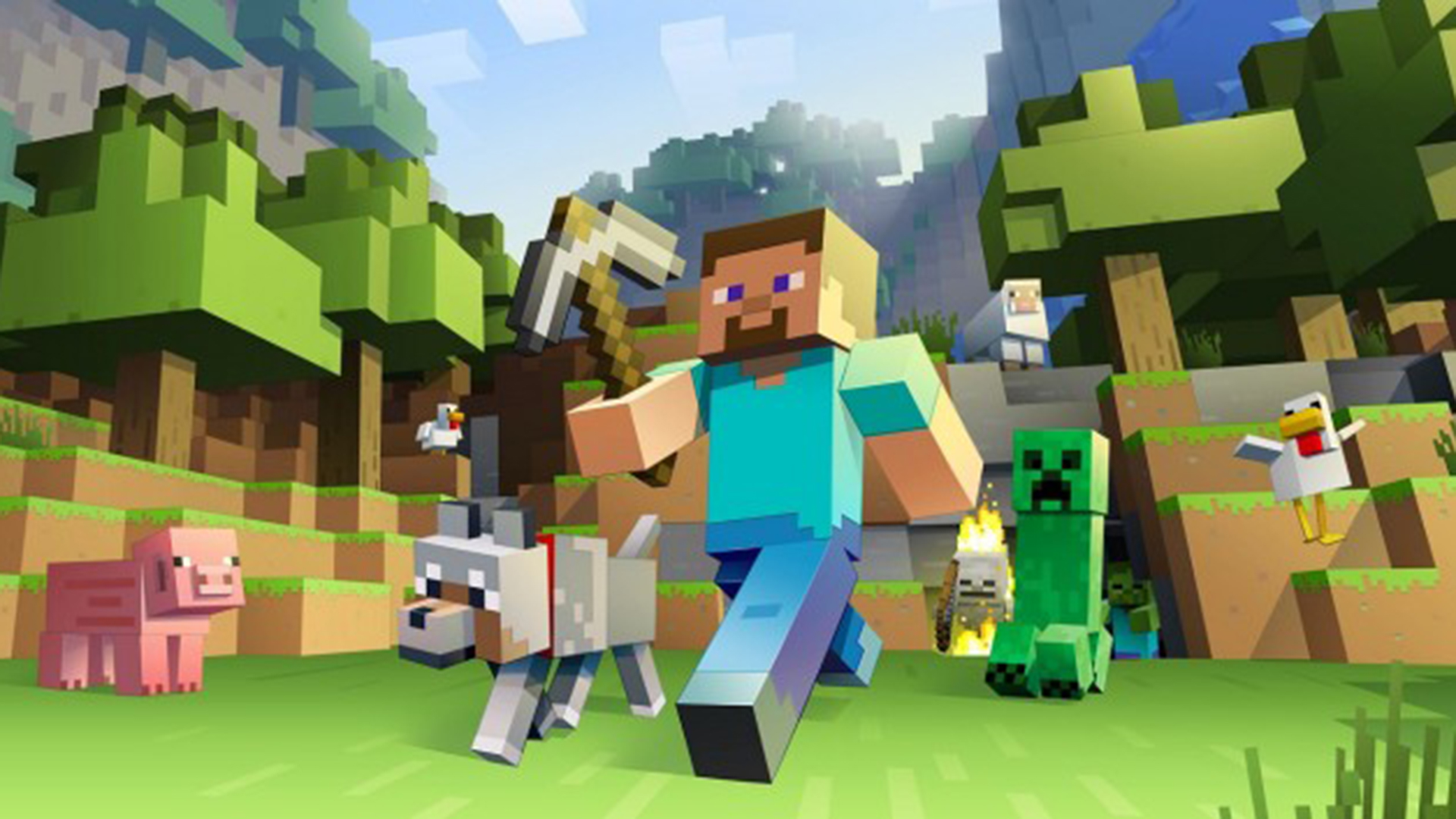Using Minecraft to Launch An Esports Program
Minecraft is an excellent entry point for schools interested in starting esports programs

School leaders who are hesitant to get started with esports or aren’t sure what game to get started with are often overlooking an easy point of entry for their competitive team or club: Minecraft.
What makes Minecraft a great entry point for esports?
Minecraft is Everywhere!
Minecraft, the ubiquitous block-building sandbox game, is available on every major platform: console, PC, and even Chromebook, which uses the Minecraft: Education Edition of the game.
Microsoft recently made things even easier for schools who might want to get started with Minecraft on PC by taking the two PC versions of the game, Bedrock and Java Edition, and combining it into one standalone version Minecraft: Java & Bedrock Edition for PC. Players who owned either version of the game were given this new, one-and-only version of the game for free. This move makes it easier for schools who want to get started with Minecraft on the PC since they won’t have to choose between these two very popular versions of the game, they only need Minecraft: Java & Bedrock Edition for PC to accommodate all students.
Minecraft: Education Edition (M:EE) is the version of Minecraft made for schools, and while it is available on PC, it is the only version of Minecraft that works on a Chromebook. While harder to play against other schools, M:EE is a great option for Chromebook-only schools or schools who are looking to get started competing in-house with intramural tournaments. M:EE is also the best version to use if students are going to be playing from home as it does not require a server to play remotely. Someone just needs to host the world and invite the players to the game.
With Minecraft being available on every major platform with a relatively cheap point of entry of $30 per account and Minecraft: Education Edition costing as little as $5 per student per year (or even free as M:EE is included in many volume license agreements) it is a relatively affordable entry point for scholastic esports.
Play Your Way
It should be no surprise that the king of the Sandbox Minecraft’s flexibility is what makes it a great point of entry for esports. No matter what version of the game you participate in, there is a robust esports scene. Games such as Spleef, Bed Wars, and Capture the Wool are worlds that can be easily downloaded, imported, and played in-house or against other schools if you are part of a scholastic esports league such as Garden State Esports.
Tools and ideas to transform education. Sign up below.
This more traditional, school vs. school, head-to-head style of esports isn’t the only popular way to play the game. In the same way you may compete against other schools in mini-games such as Sky Wars, you can also compete against other schools in live build challenges. In a build challenge teams show up, are given something to build such as a theme park or statue of a superhero, and then must finish the build challenge in a certain amount of time. Afterward, judges pick the winner.
Build challenges don’t even have to be live! Teams can be given a build challenge and as long as needed to submit their build for judging, which allows kids more time to work and collaborate on builds and even allows build challenges to exist during the school day as part of the curriculum, not just as an after-school activity.
Schools that are looking for competition and don’t have a place to play should check out the North American Scholastic Esports Federation (NASEF). NASEF is consistently producing high-quality Minecraft-style events not just for American students but on an international level. Their international competitions such as Farmcraft and the Rube Goldberg Challenge meet many STEM learning standards, and thanks to the international flavor, opens up opportunities to learn about other cultures. NASEF will even give schools M:EE accounts to use if they don’t have them.
No matter how you choose to play, Minecraft is a great point-of-entry for schools looking to jump into scholastic esports!
Chris Aviles is a STEM teacher, edtech specialist, and president of Garden State Esports. He is also a regular contributor to Tech & Learning.
